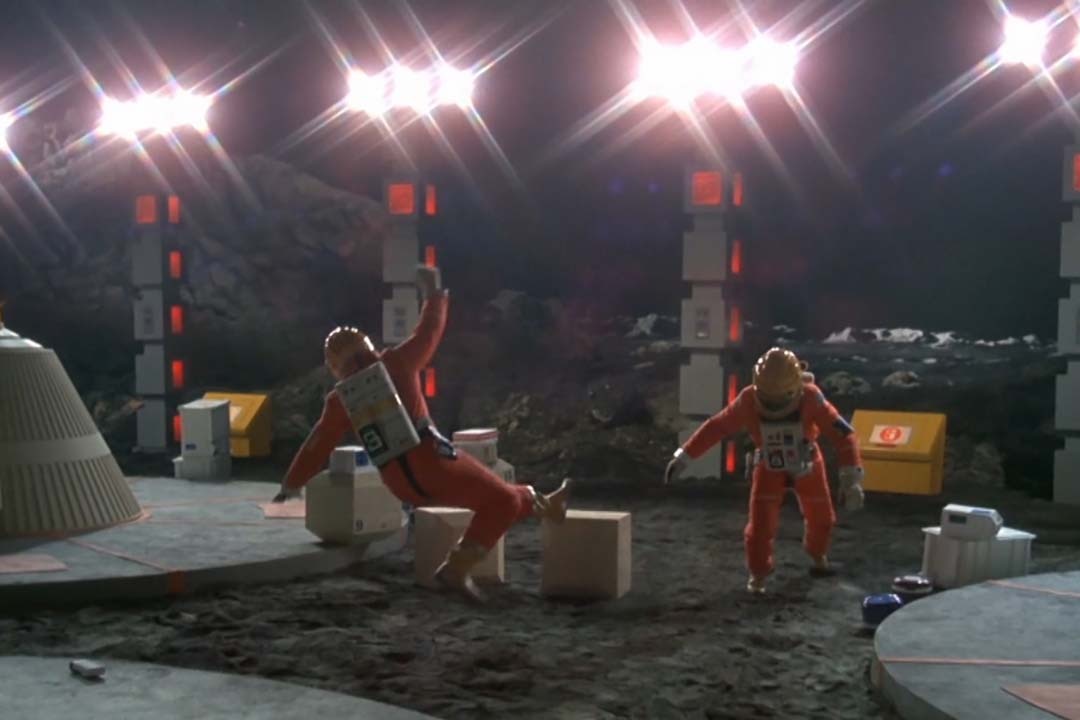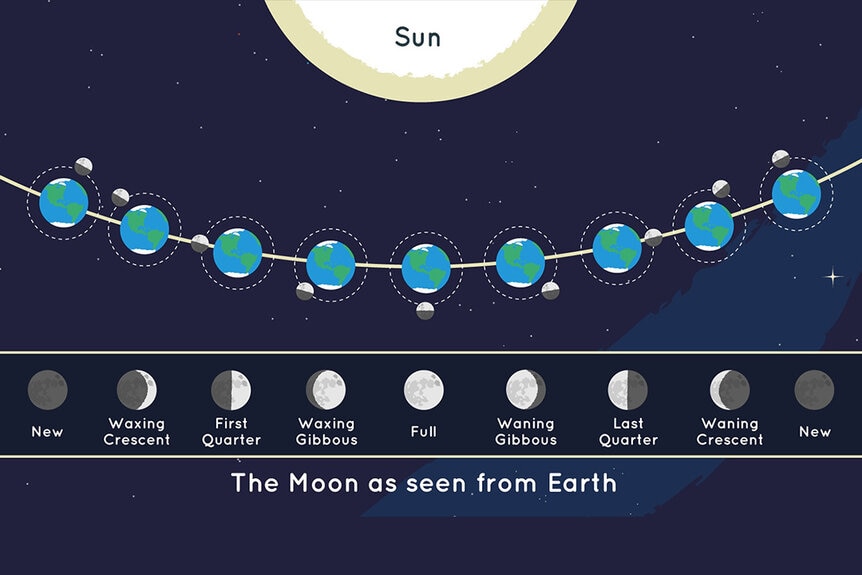Create a free profile to get unlimited access to exclusive videos, sweepstakes, and more!
What time is it on the Moon? It’s about time we figure it out
Living in space is going to be weird!

The classic sci-fi series Space: 1999 (now streaming on Peacock!) follows the adventures of a few hundred researchers and explorers living at Moonbase Alpha, humanity’s first lunar colony. Things are going swimmingly until nuclear waste on the Moon’s far side is exposed to a mysterious form of radiation, resulting in a violent explosion. The force of the detonation sends the entire Moon, Alpha base inhabitants included, on a one-way trip into interstellar space. Being cut loose from the Earth would present a host of new problems, but living on the Moon isn’t easy even when it stays right where it's supposed to be.
Before the explosion, the inhabitants of Moonbase Alpha would have needed to develop systems for interacting with people on Earth. One of the most immediately pressing things they would need to nail down is how to keep track of time.
On Earth, that has mostly been figured out for us, centuries before we were even born. Civilizations throughout antiquity crafted methods for keeping track of the seasons and the passage of days. Eventually, they figured out ways to break the day into hours, then minutes, and eventually seconds and even smaller fractions of time. Improving technology has allowed us to develop deceptively complicated methods which involve time zones unevenly circling the globe and periodic adjustments for leap years and even leap days. The goal, of course, is to create a scenario in which the Earth is roughly in the same position along its orbit every January 1, and in which everyone has roughly the same experience of 2:00 in the afternoon.
RELATED: The next generation of lunar astronauts will have GPS on their way to the Moon
Admittedly, it’s not a perfect system. Like, why don’t we just have 13 months of 28 days each? That would make every month exactly four weeks and we’d only have one extra day to deal with (two on a leap year), which seems so much easier than 12 months with a seemingly arbitrary number of days and… you know what? Never mind. It’s the system we’ve got, and it works well enough as long as you’re on Earth. Astronauts, however, have a wildly different experience depending on where they are in space. On the Moon, a day lasts roughly a month, while astronauts in low-Earth orbit see a new sunrise and sunset every 90 minutes. Basing our systems of time on the rotation of the Earth and its position around the Sun is great until we leave the planet. Then all bets are off.
Generally speaking, operations in space tend to mirror whatever time is being used by the nation in charge of the mission. As NASA moves forward with the Artemis Program and other space programs including the ESA, JAXA, and Roscosmos set their sites on the Moon, we’re looking down the barrel of dozens of lunar missions carried out by an international collection of explorers. And some of them will potentially be in operation at the same time. With that in mind, space agencies around the world have begun conversations about the development of a universal time for the Moon.
The ESA recently announced their intention, but the idea was first suggested during an ESA ESTEC meeting last year, and is part of a larger effort to build a common infrastructure for space exploration. The larger project, known as LunaNet, would establish something akin to the internet for communication and information sharing on and around the Moon. Building that infrastructure will make exploration easier and safer for everyone, regardless of nationality, but requires that everyone agree on some standards.
Agreeing on a standardized time for the Moon would not only improve communication but it could also avoid potential disasters as various crafts from multiple nations all move around in trans-lunar space. The idea, in part, is to avoid any mix-ups because someone made a mistake converting the time. That could be especially important when traveling to the Moon and back, because space exploration relies on finite launch windows. In space, missing your connecting flight could be deadly.
“We agreed on the importance and urgency of defining a common lunar reference time, which is internationally accepted and toward which all lunar systems and users may refer to. A joint international effort is now being launched toward achieving this,” ESA navigation system engineer Pietro Giordano said, in a statement.
RELATED: New lunar farming technique puts us one step closer to growing food in space
Agreeing on the importance and urgency is a good first step, but there are plenty of questions that still need answering. It’s unclear if Moon time will be tied to an existing time zone, and if so, which one? Alternatively, we could give the Moon its own unique time zone. If so, how will we do that? Moreover, nailing down the basics is only the beginning of the problems with timekeeping in space.
Thanks to the motion of the Moon and the space-time warping effects of relativity, clocks tick at a different rate on the Moon than they do on Earth. It isn’t that the clocks are broken, it’s that time literally moves a little more quickly on the Moon. Every single day, clocks on the Moon drift 54 microseconds (54 millionths of a second). That might not sound like a lot, but it stacks up. Clocks on the Moon would drift a full second roughly every 500 years, but the little bit of drift every day would cause all sorts of problems for navigation and synchronization with Earth. To make things even more complicated, the amount of time drift varies slightly, depending on where on the Moon you are.
Moon clocks will need a way to account for the drift caused by time dilation: the very literal, albeit minimal, time travel which every Moon dweller will experience. Aside from the complications of physics, there are other questions to answer as well. For instance, will the entire Moon have a single time zone or will we break it up into multiple zones like we do on Earth?
We could get really weird and calculate the time based on the Moon’s actual lunar day, resulting in times like 327:13 o’clock. It might seem like an easily surmountable challenge, but there turns out to be no one obvious way to track the passage of time when you’re somewhere else in the cosmos, especially when you’re trying to line up with someplace else. In spite of the challenges, we’re going to need to figure something out quickly if we hope get back to the Moon and eventually to Mars, and beyond.
In the meantime, check out space adventures gone wonderfully wrong in Space: 1999, streaming now on Peacock!



























